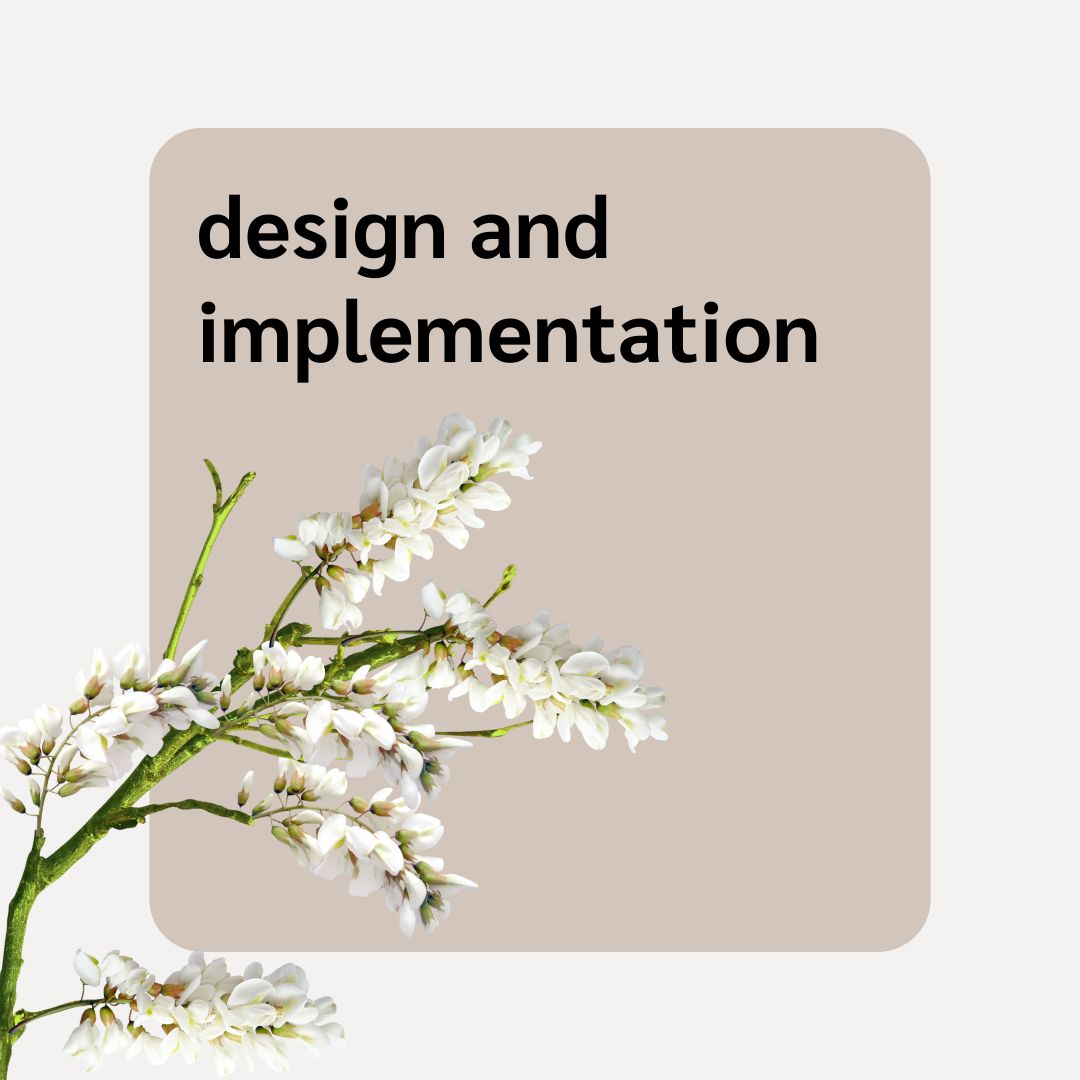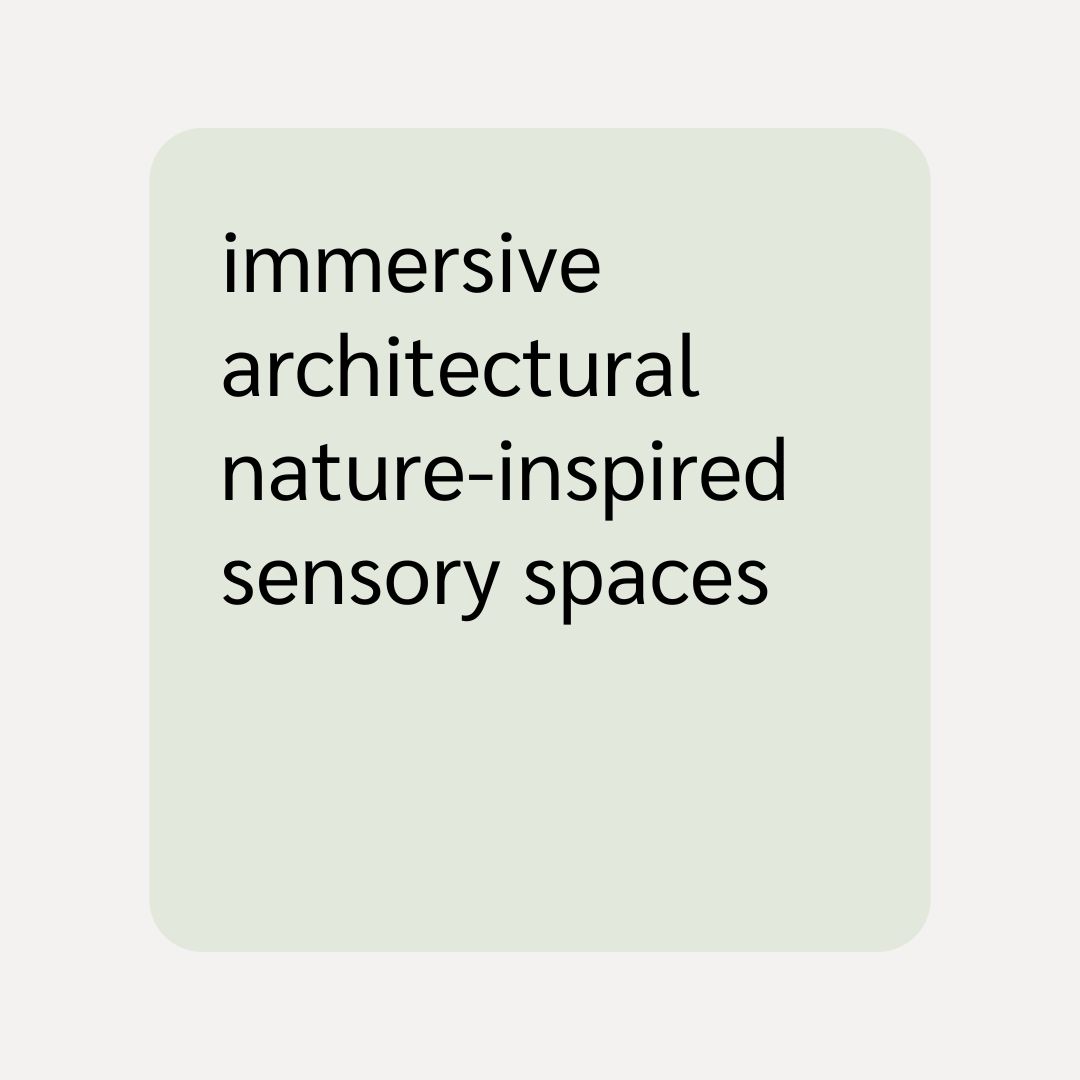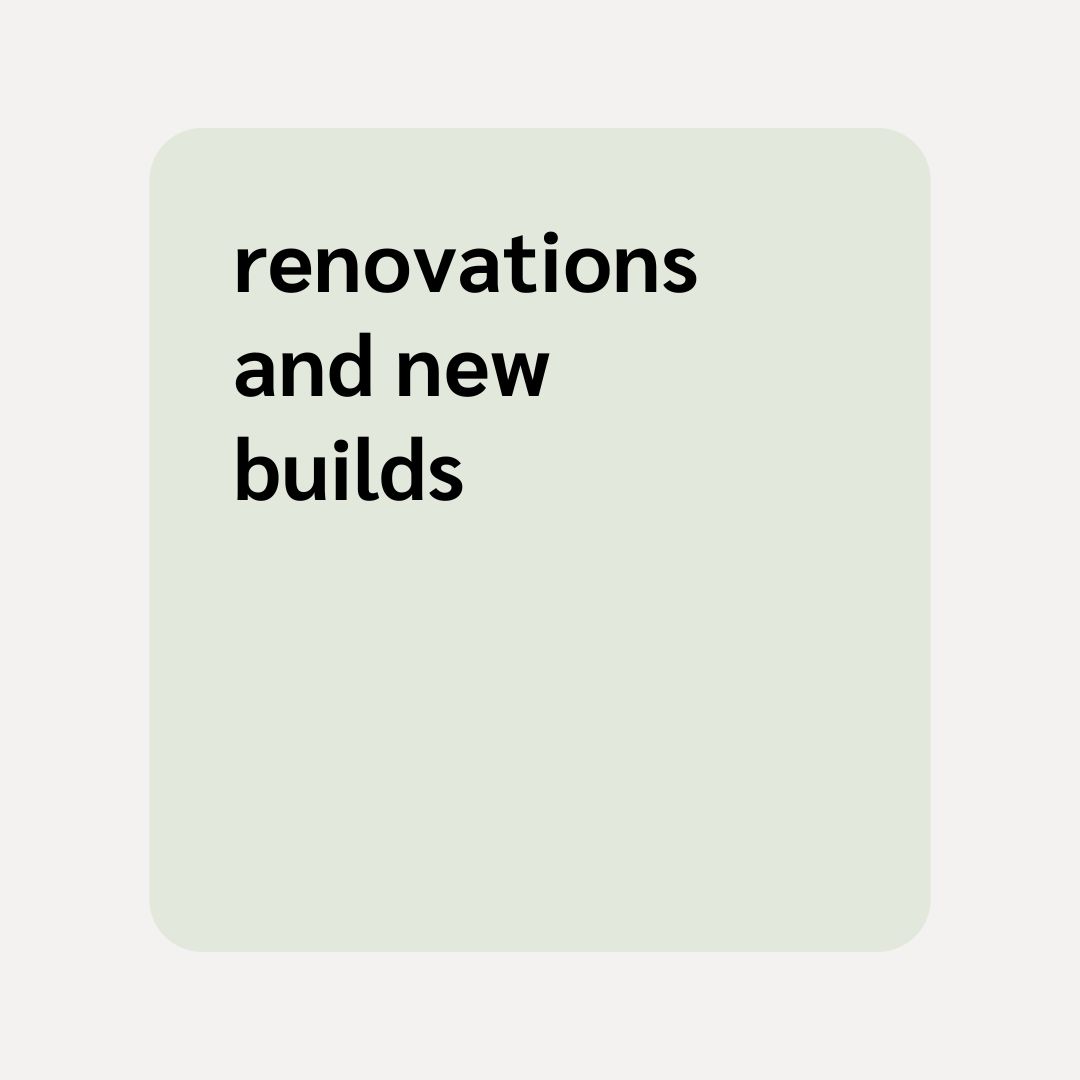
SENSORY AND SUPPORTIVE ARCHITECTURAL DESIGN
autism spectrum – adhd – cognitive challenges – executive function – mental health – trauma reduction
At 7to53, we believe effective architectural design is about more than aesthetics- it’s about creating meaningful interactions with the built environment. Every well-designed space should enhance the user experience, especially for individuals with cognitive, executive functioning, memory, emotional, sensory, or other challenges. In these cases, a thoughtful, responsive design isn’t just beneficial- it’s essential to promoting independence, productivity, and overall well-being.
Many of the people we design for experience their environments with heightened sensitivity to sensory input: sound, light, texture, spatial layout, and more. For them, even small design decisions can have a significant impact. That’s why we consider not just how a space functions, but how it feels, and how it supports calm, focus, comfort, and dignity.
Our approach to project development and workflow is intentionally different. We begin by seeing the space through the eyes of its future users- not only in terms of physical accessibility but also cognitive and sensory experience.
We take an immersive, inclusive approach, involving as many future users as possible- including family members, caregivers, and support professionals. Our experience has taught us the value of creative communication strategies, particularly when working with clients who are non-verbal, visually impaired, or living with memory loss. We are committed to ensuring that every client, regardless of their communication style or ability, has a voice in the design process.






